Cerebellum
Recent articles
Supersized version of Alzheimer’s protein avoids clumping in brain
“Big tau” may explain why some brain regions, such as the cerebellum and brainstem, are largely spared from neurodegeneration, even though tau is expressed throughout the nervous system.
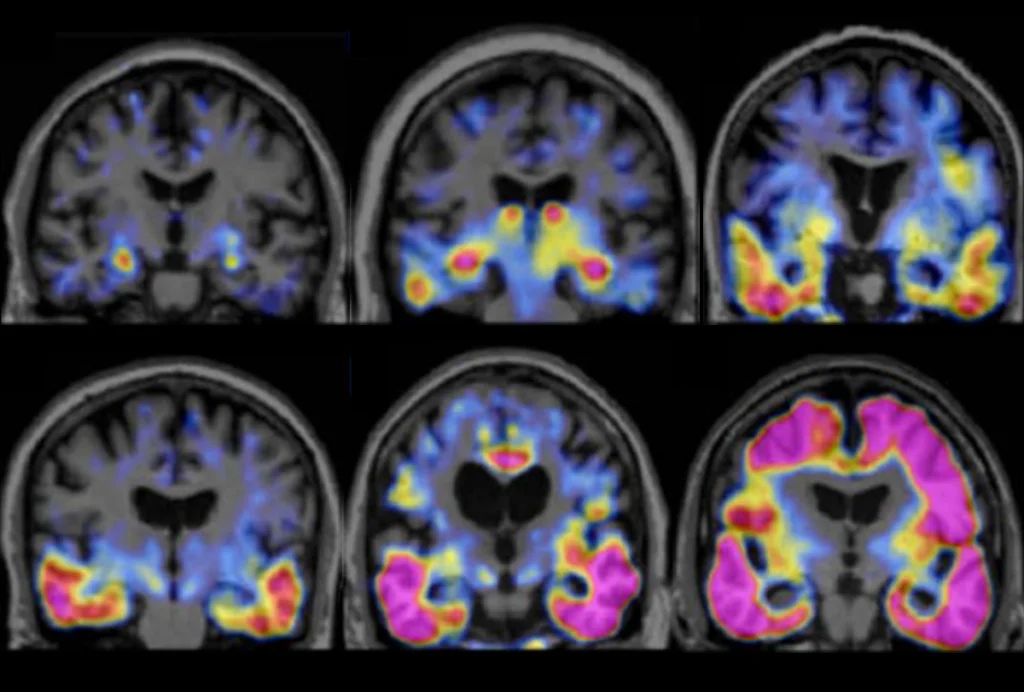
Supersized version of Alzheimer’s protein avoids clumping in brain
“Big tau” may explain why some brain regions, such as the cerebellum and brainstem, are largely spared from neurodegeneration, even though tau is expressed throughout the nervous system.
Cerebellar circuit may convert expected pain relief into real thing
The newly identified circuit taps into the brain’s opioid system to provide a top-down form of pain relief.
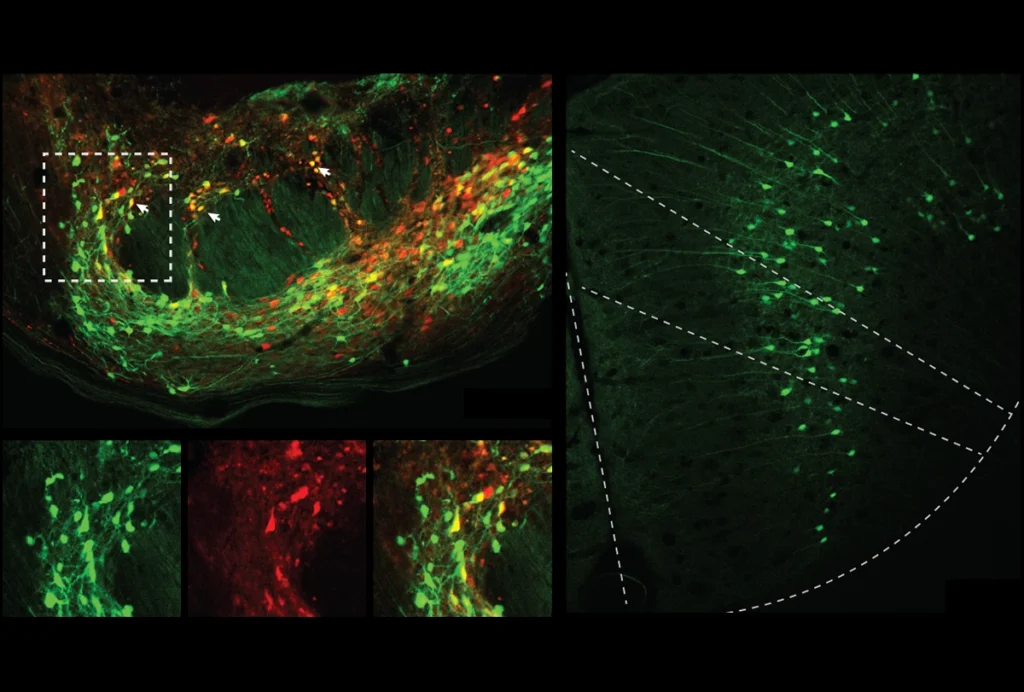
Cerebellar circuit may convert expected pain relief into real thing
The newly identified circuit taps into the brain’s opioid system to provide a top-down form of pain relief.
Mutation in top autism-linked gene may alter eye reflex
The discovery could help clinicians diagnose children who carry mutations in the gene, called SCN2A, and gauge their responses to potential therapies.
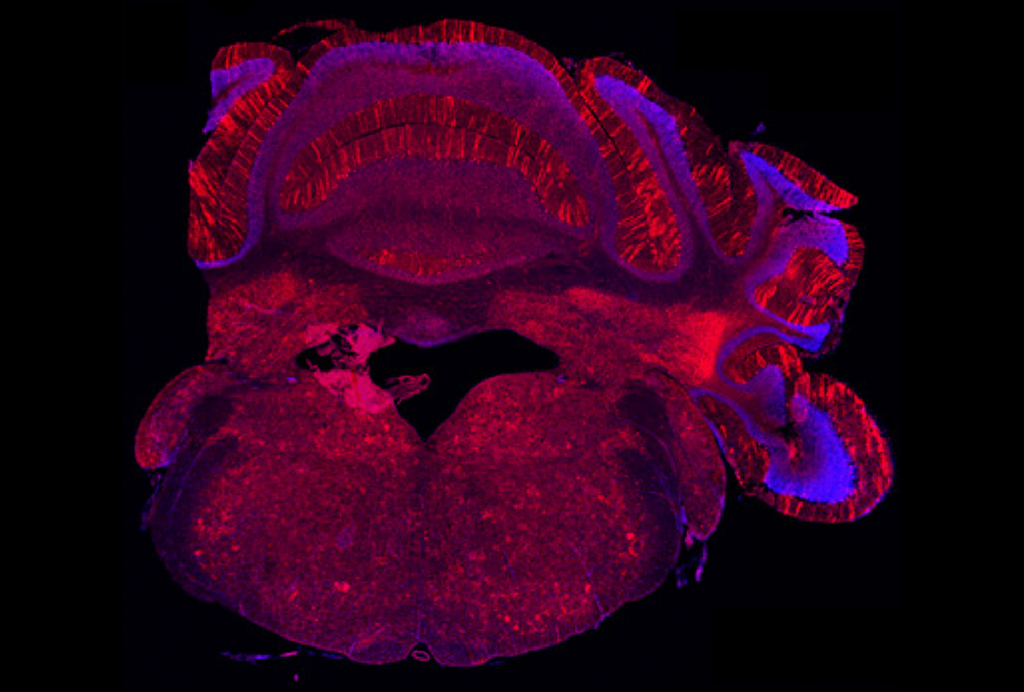
Mutation in top autism-linked gene may alter eye reflex
The discovery could help clinicians diagnose children who carry mutations in the gene, called SCN2A, and gauge their responses to potential therapies.
Expanding ‘little brain’ may have powered dinosaur flight
The cerebellum swelled in size before flight evolved among modern birds’ dinosaur ancestors, according to a new comparison of fossilized skulls and living birds.
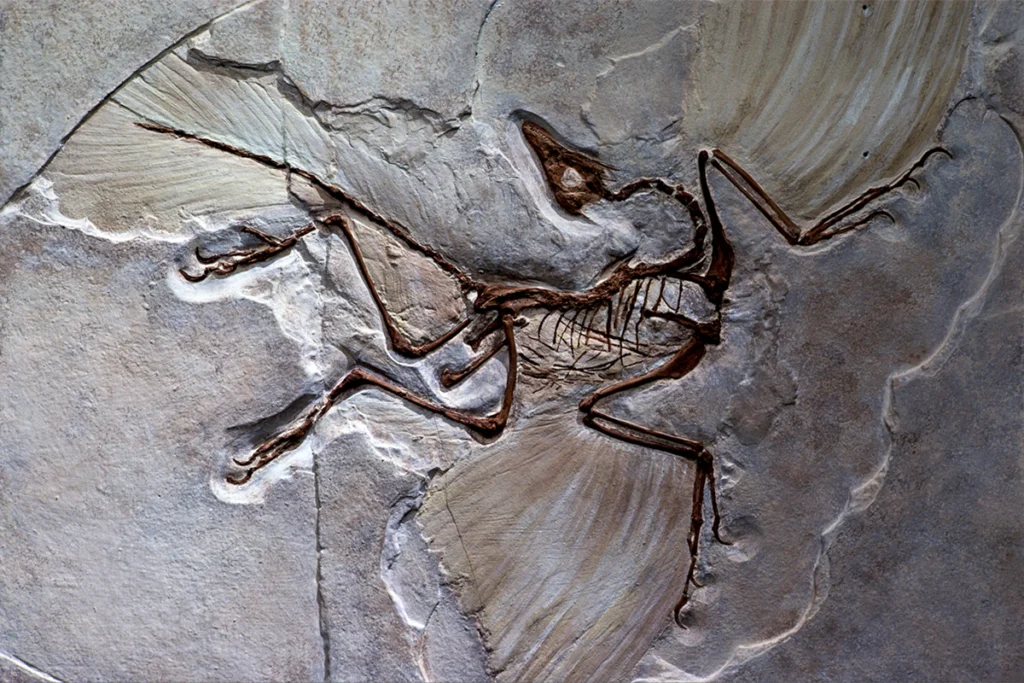
Expanding ‘little brain’ may have powered dinosaur flight
The cerebellum swelled in size before flight evolved among modern birds’ dinosaur ancestors, according to a new comparison of fossilized skulls and living birds.
Null and Noteworthy: Busting biomarkers; going after GABA; reproducibility illusion
In this edition of Null and Noteworthy, scientists find little to be excited about in research on biomarkers for neurodevelopmental conditions.
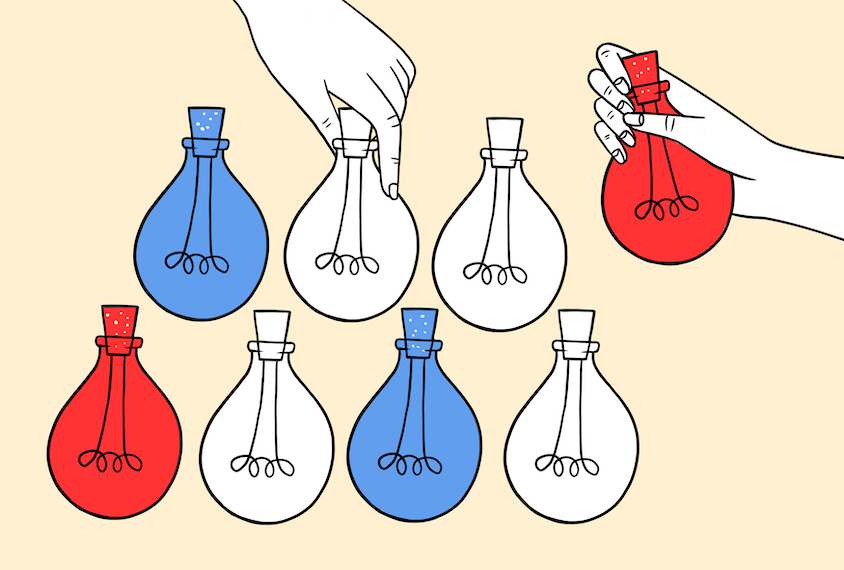
Null and Noteworthy: Busting biomarkers; going after GABA; reproducibility illusion
In this edition of Null and Noteworthy, scientists find little to be excited about in research on biomarkers for neurodevelopmental conditions.
Flexible genomic architecture undergoes major redesigns during cerebellum development
A new atlas reveals how the structural shake-ups within a cell’s genome differ by cell type and brain region over time.
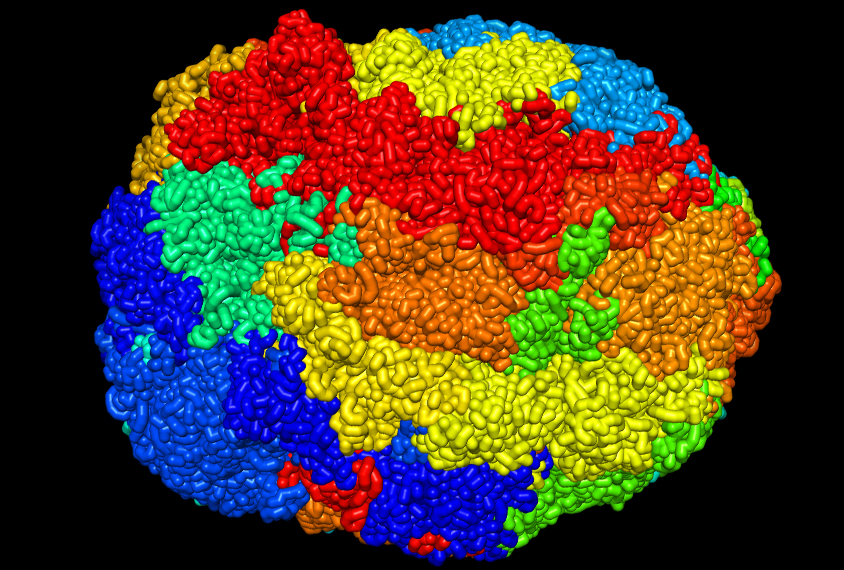
Flexible genomic architecture undergoes major redesigns during cerebellum development
A new atlas reveals how the structural shake-ups within a cell’s genome differ by cell type and brain region over time.
Null and Noteworthy: Brain aging, oxytocin pathways, biomarker back-up
Null and replicated results in this month’s newsletter tackle aging, a purported pathway for oxytocin’s effects on autistic people, and a possible autism biomarker.
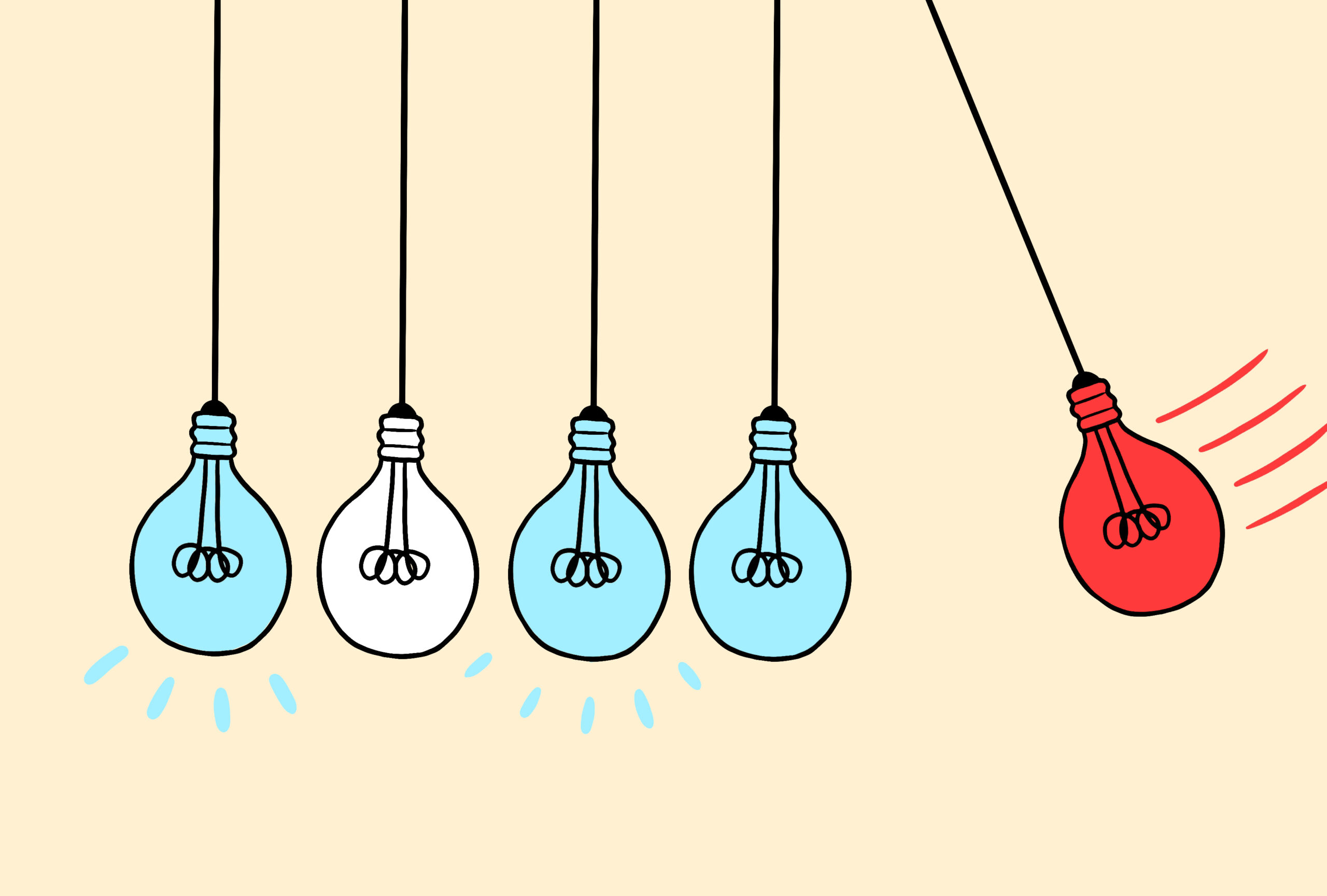
Null and Noteworthy: Brain aging, oxytocin pathways, biomarker back-up
Null and replicated results in this month’s newsletter tackle aging, a purported pathway for oxytocin’s effects on autistic people, and a possible autism biomarker.
Mouse study links dopamine in cerebellum to social behavior
The signaling molecule’s social role in the ‘little brain’ involves Purkinje neurons in the Crus I and Crus II regions, a new study reveals.
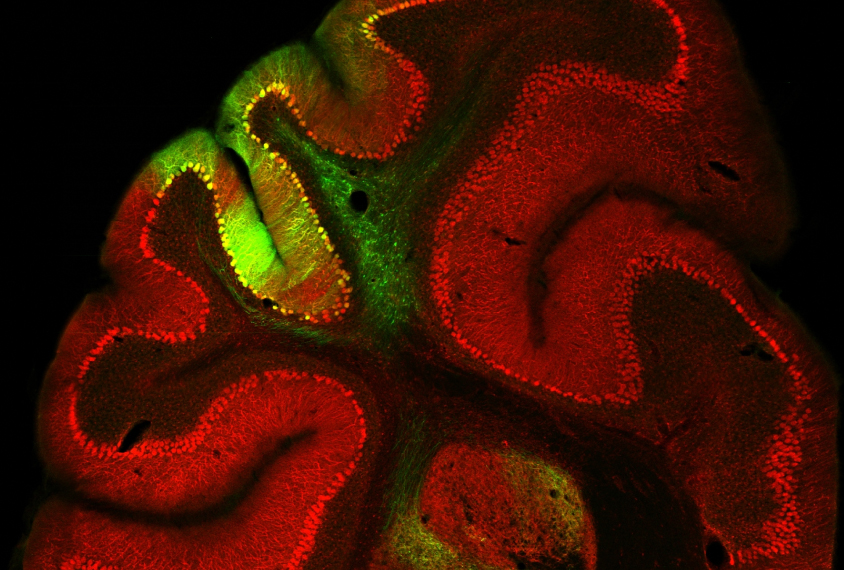
Mouse study links dopamine in cerebellum to social behavior
The signaling molecule’s social role in the ‘little brain’ involves Purkinje neurons in the Crus I and Crus II regions, a new study reveals.
Null and Noteworthy: INSAR keynote, typical cerebellums, social subdomains
In this edition, researchers sink a purported link between cerebellar volume and autism and buoy a theory about measuring social behaviors.

Null and Noteworthy: INSAR keynote, typical cerebellums, social subdomains
In this edition, researchers sink a purported link between cerebellar volume and autism and buoy a theory about measuring social behaviors.
Mouse models mirror cerebellum patterns seen in autism
Animals with different autism-linked mutations share disruptions to the mTOR signaling pathway, pointing to a potential molecular mechanism for the atypical cerebellar development seen in some autistic people.
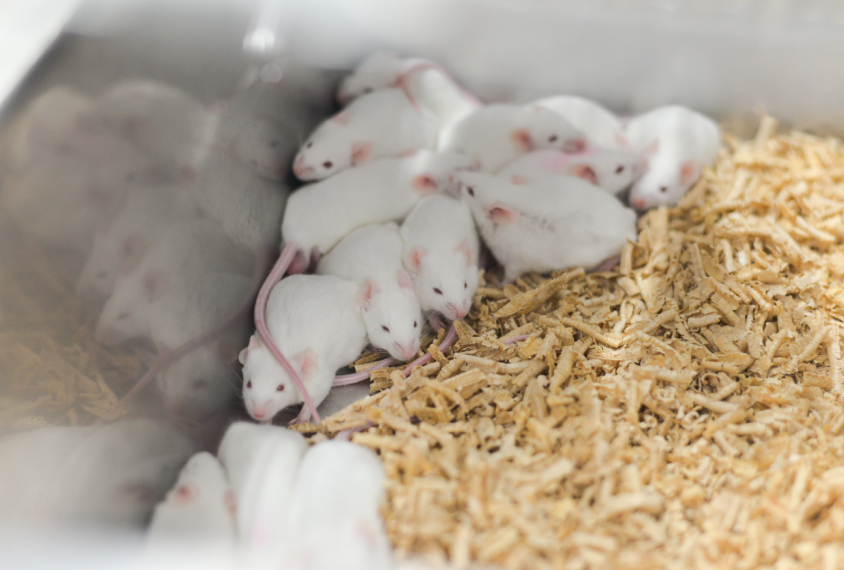
Mouse models mirror cerebellum patterns seen in autism
Animals with different autism-linked mutations share disruptions to the mTOR signaling pathway, pointing to a potential molecular mechanism for the atypical cerebellar development seen in some autistic people.
Explore more from The Transmitter
During decision-making, brain shows multiple distinct subtypes of activity
Person-to-person variability in brain activity might represent meaningful differences in cognitive processes, rather than random noise.

During decision-making, brain shows multiple distinct subtypes of activity
Person-to-person variability in brain activity might represent meaningful differences in cognitive processes, rather than random noise.
Basic pain research ‘is not working’: Q&A with Steven Prescott and Stéphanie Ratté
Prescott and Ratté critique the clinical relevance of preclinical studies in the field and highlight areas for improvement.

Basic pain research ‘is not working’: Q&A with Steven Prescott and Stéphanie Ratté
Prescott and Ratté critique the clinical relevance of preclinical studies in the field and highlight areas for improvement.
Proposed NIH budget cut threatens ‘massive destruction of American science’
A leaked draft of a Trump administration proposal includes an approximately 40 percent cut to the National Institutes of Health’s budget and a major reorganization of its 27 institutes and centers.

Proposed NIH budget cut threatens ‘massive destruction of American science’
A leaked draft of a Trump administration proposal includes an approximately 40 percent cut to the National Institutes of Health’s budget and a major reorganization of its 27 institutes and centers.